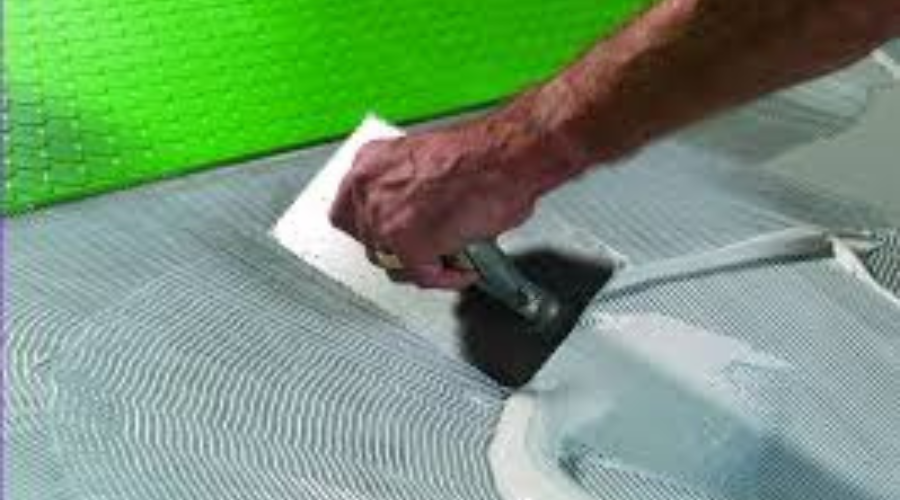Rubber vs. Acrylic Based Adhesives: Which One Is Right for Your Application?
- qinglongdatech
- Jun 10
- 4 min read

When it comes to choosing the right adhesive for your project, it's easy to get overwhelmed. With so many options available, understanding the key differences between rubber-based and acrylic-based adhesives can save you time, money, and stress. Whether you're a manufacturer, product designer, or end-user, selecting the wrong adhesive can lead to bonding failures and costly setbacks. That's why partnering with an experienced rubber adhesive maker or supplier can make all the difference.
In this blog, we'll break down the advantages, limitations, and best-use cases of both rubber and acrylic adhesives—so you can make an informed, confident decision.
What Are Rubber-Based Adhesives?
Rubber-based adhesives are typically formulated using natural or synthetic rubber combined with tackifying resins and stabilizers. These adhesives are known for their strong initial tack, making them perfect for quick-bonding applications where instant adhesion is needed.
Key Characteristics of Rubber-Based Adhesives:
Excellent initial tack: Rubber adhesives form bonds instantly upon contact, which is ideal for assembly lines or fast-paced environments.
Cost-effective: Generally cheaper than acrylic alternatives.
Flexible: Great for bonding uneven or flexible surfaces.
Water-resistant: Offers decent moisture resistance.
Limited temperature and UV resistance: Not suitable for high-heat or prolonged outdoor exposure.
Common Applications:
Packaging tapes
Labels and stickers
Foam bonding
Temporary mounting
General-purpose industrial uses
Rubber adhesives are a solid choice when speed and cost-efficiency are the top priorities, especially in indoor or low-stress environments.
What Are Acrylic-Based Adhesives?
Acrylic adhesives are made from acrylic polymers and are valued for their durability, versatility, and long-term performance. These adhesives may take longer to cure or bond but offer superior strength over time.
Key Characteristics of Acrylic-Based Adhesives:
Excellent UV and temperature resistance: Ideal for outdoor or high-heat applications.
Long-term bond strength: Superior durability even under stress.
Chemical and environmental resistance: Performs well in harsh conditions.
Higher cost: More expensive than rubber adhesives.
Slower initial tack: It may require time to achieve full bonding strength.
Common Applications:
Automotive trims and emblems
Electronic assembly
Construction and signage
Medical devices
Aerospace and marine industries
If your application demands longevity and resistance to extreme conditions, acrylic adhesives are likely your best bet.
Rubber vs. Acrylic: Head-to-Head Comparison
Let's look at how rubber and acrylic adhesives stack up across several important categories:
Feature Rubber-Based Adhesives Acrylic-Based Adhesives
Initial Tack High – Immediate grip Medium – Takes time to bond
Long-Term Strength Moderate High – Very strong over time
UV/Weather Resistance Low Excellent
Cost Lower Higher
Application Environment Indoor, temporary Outdoor, permanent
Surface Flexibility Good for flexible surfaces Better for rigid surfaces
Chemical Resistance Moderate High
Temperature Tolerance Limited Wide range
Choosing the Right Adhesive: Questions to Ask Yourself
Before settling on a rubber or acrylic adhesive, consider these questions:
1. Where will the adhesive be used?
If your product will be subjected to sunlight, rain, or chemicals, an acrylic adhesive is the smarter option.
2. Do you need instant adhesion?
If yes, go for rubber adhesives. Their strong initial tack is ideal for high-speed
applications.
3. Is cost a major factor?
Rubber adhesives tend to be more affordable, making them suitable for budget-conscious projects.
4. How long does the bond need to last?
For short-term use or removable bonds, rubber works fine. For permanent bonding, acrylic is the winner.

Industry Insights: Why This Choice Matters
In industrial settings, choosing the right adhesive is not just a technical decision—it's a strategic one. The wrong adhesive can:
Cause product failures
Increase return rates
Leads to rework and wasted materials
Damage your brand's reputation
By selecting the adhesive that aligns with your product's performance requirements, you enhance both operational efficiency and customer satisfaction.
Environmental Considerations
Sustainability is another aspect worth considering. Acrylic adhesives generally outlast rubber adhesives, which means less frequent replacements and reduced waste. However, rubber adhesives may be preferable if you're looking for recyclable or eco-friendly short-term options.
Tips for Testing and Validation
Before mass production, always perform application-specific testing. Here are a few steps to help:
Surface compatibility testing
Temperature cycle testing
UV and chemical exposure simulation
Aging and peel strength evaluation
It's also wise to consult with an adhesive specialist or manufacturer who can provide custom solutions and insights based on your use case.
Conclusion:
At the end of the day, there's no one-size-fits-all answer to the rubber vs. acrylic debate. Each adhesive type has its strengths and limitations. If you prioritize instant bonding, cost-efficiency, and ease of use, then rubber adhesives are the clear choice. But if your application demands long-term durability, environmental resistance, and premium performance, acrylic adhesives are the way to go.
Partnering with an expert and reliable maker of rubber adhesive or supplier will ensure you're not just buying a product—but a solution tailored to your needs. Always take the time to evaluate your specific requirements and conduct proper testing before committing.
FAQs:
Q1: Are acrylic adhesives stronger than rubber adhesives?
Yes, acrylic adhesives typically offer higher long-term bond strength and better performance in extreme environments.
Q2: Can rubber adhesives be used outdoors?
Rubber adhesives can be used outdoors temporarily, but they don't hold up well under prolonged UV exposure or temperature fluctuations.
Q3: Are rubber adhesives easier to remove than acrylic ones?
Generally, yes. Rubber adhesives are more forgiving and easier to remove without leaving residue, especially in temporary applications.
Q4: Which adhesive is better for metal surfaces?
Acrylic adhesives are usually better for bonding to metal, especially when
exposed to varying temperatures or chemicals.
Q5: Do both types come in tape and liquid forms?
Absolutely. Both rubber and acrylic adhesives are available in multiple formats, including tapes, sprays, and liquid applicators.







Comments